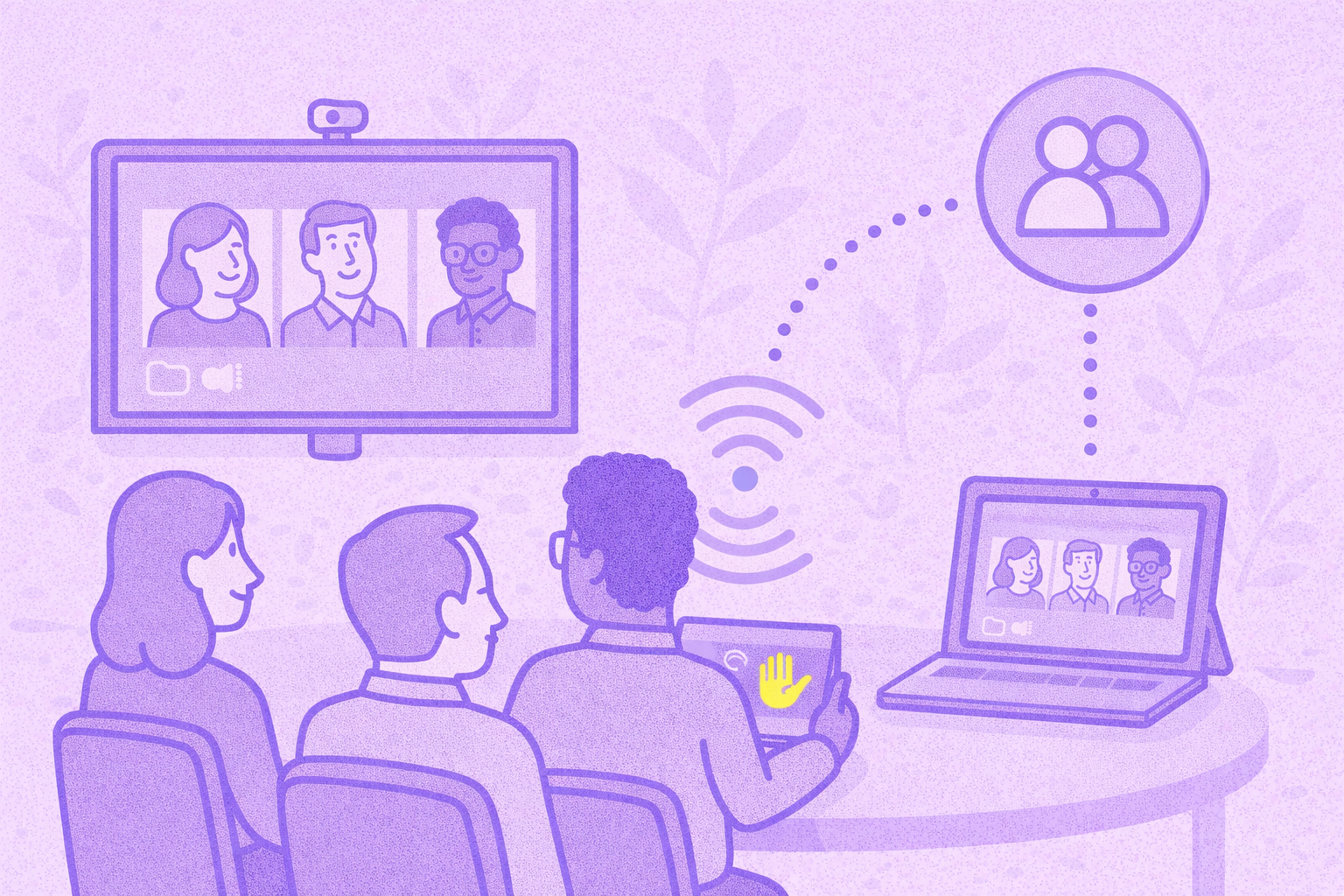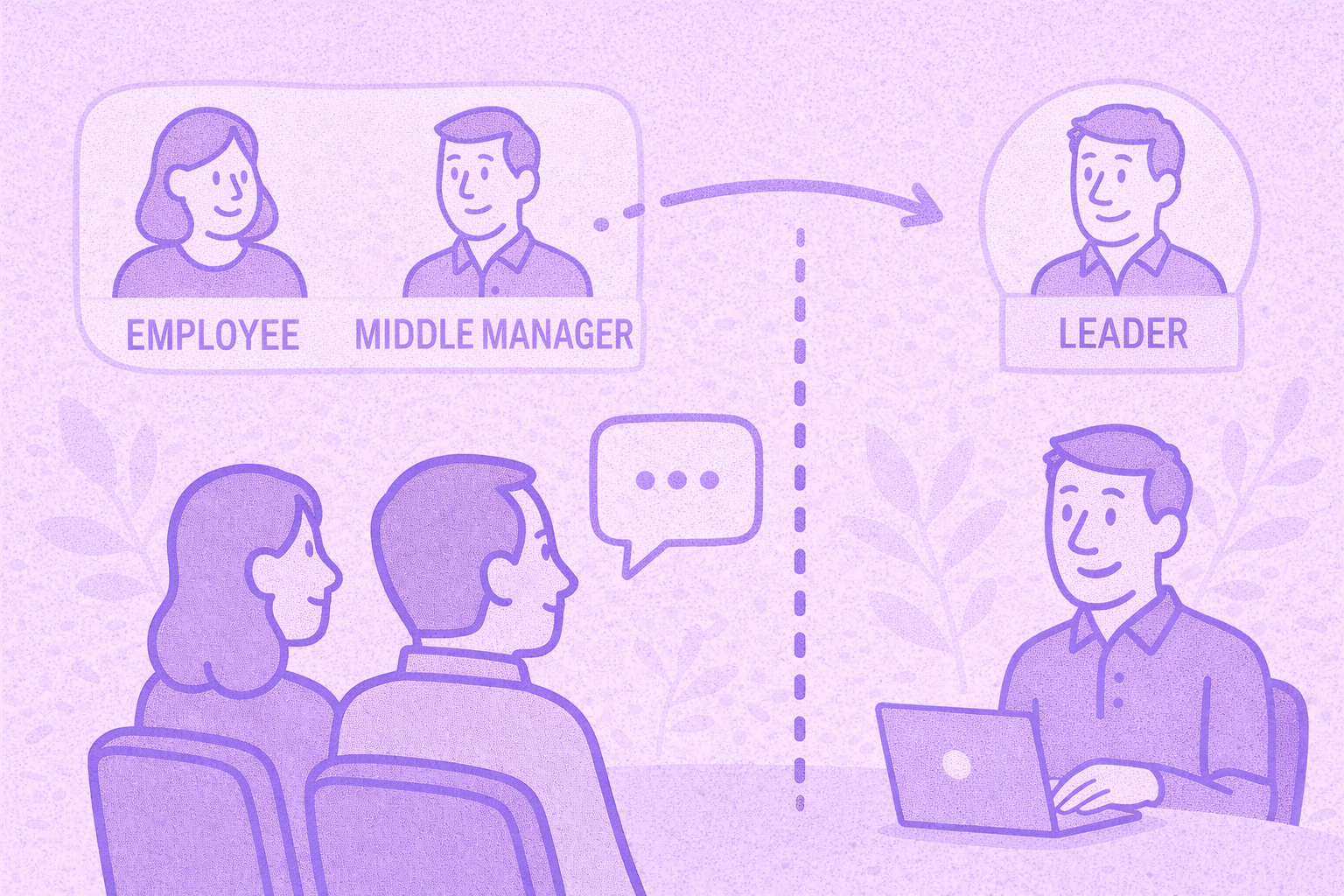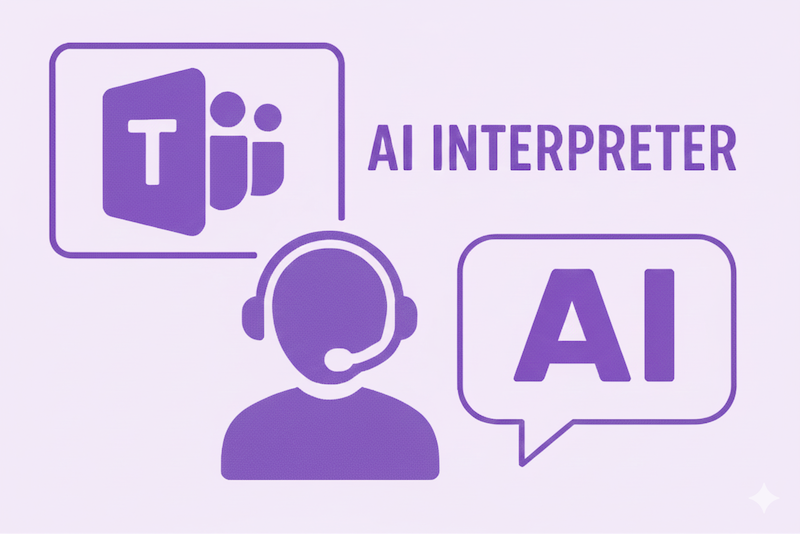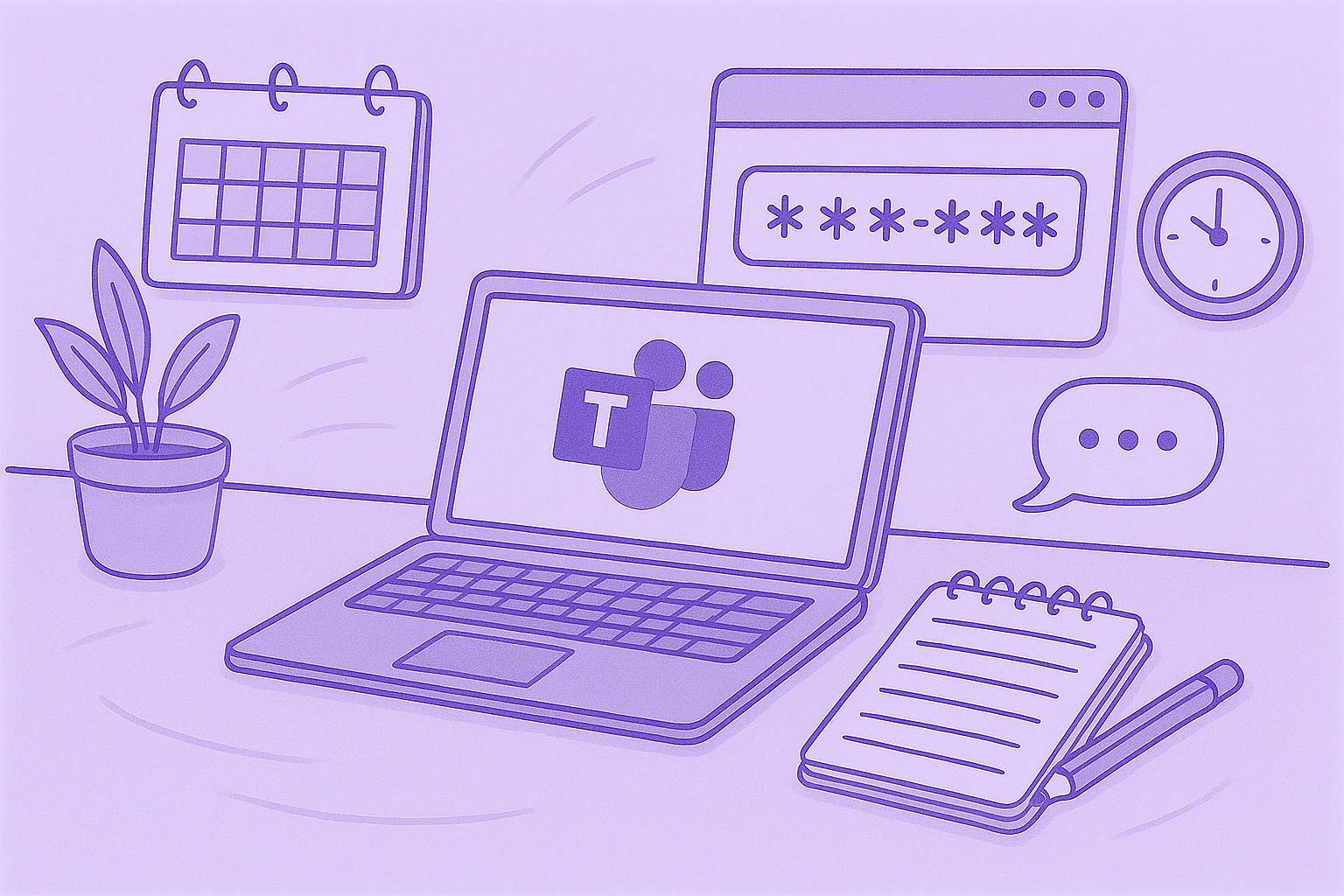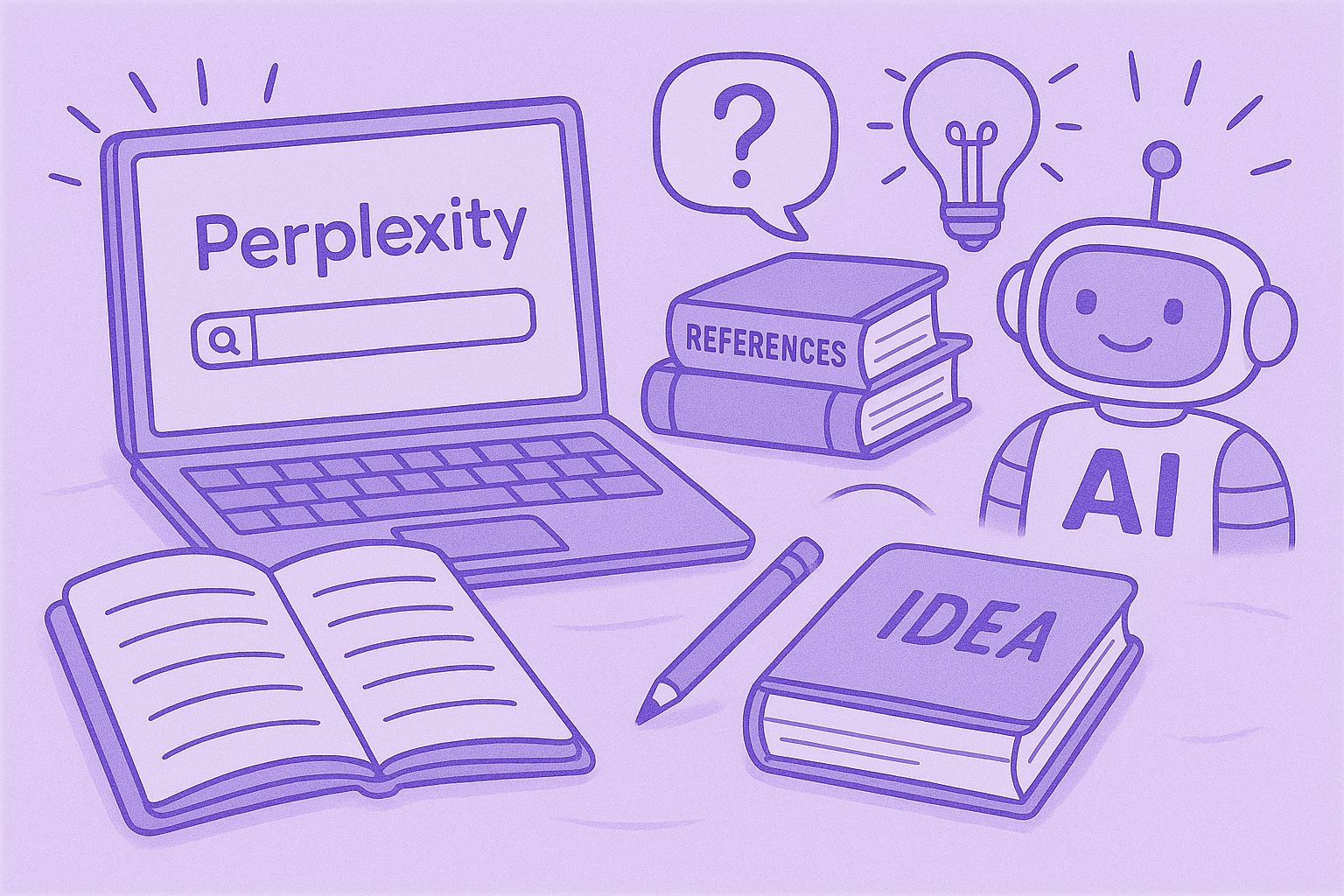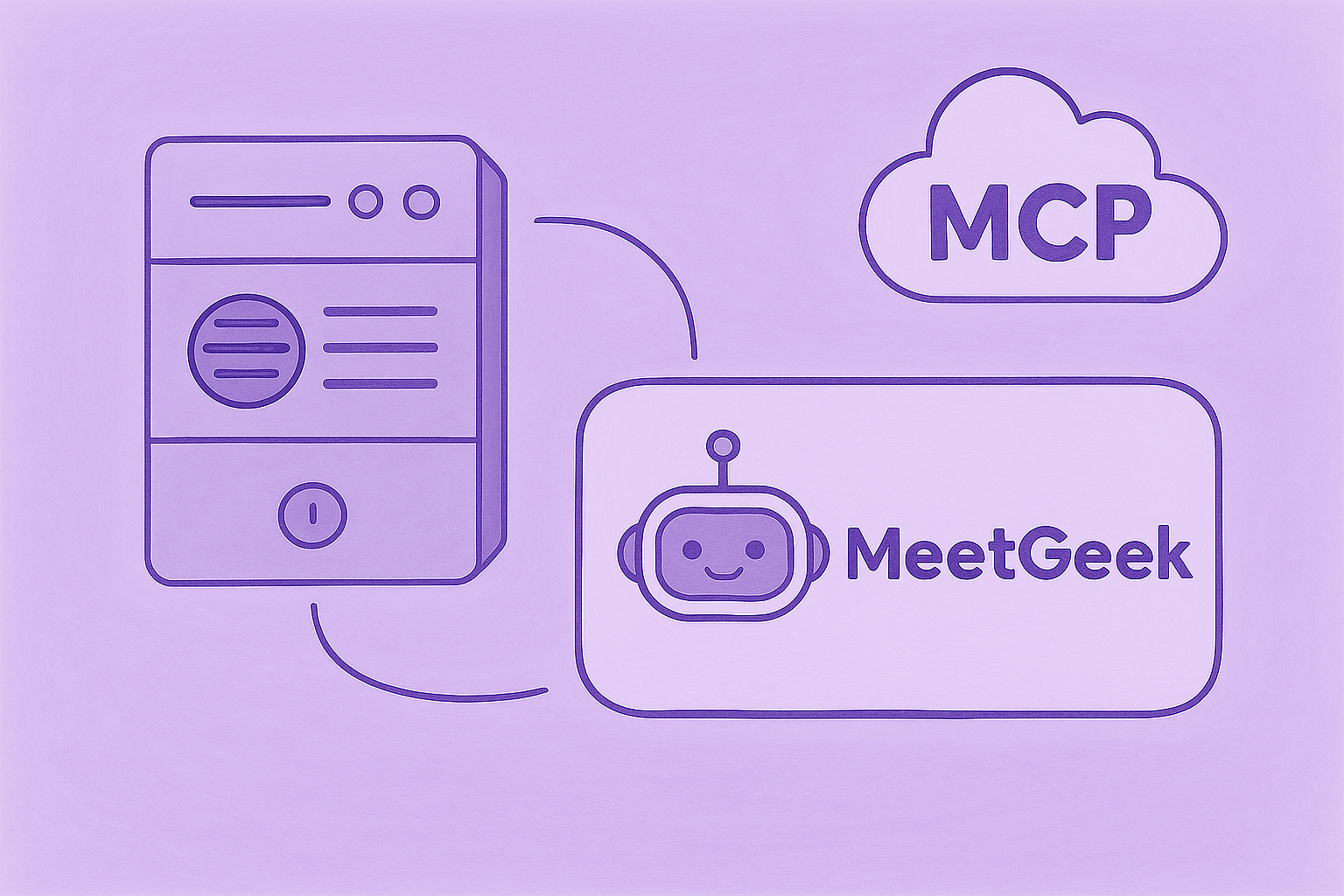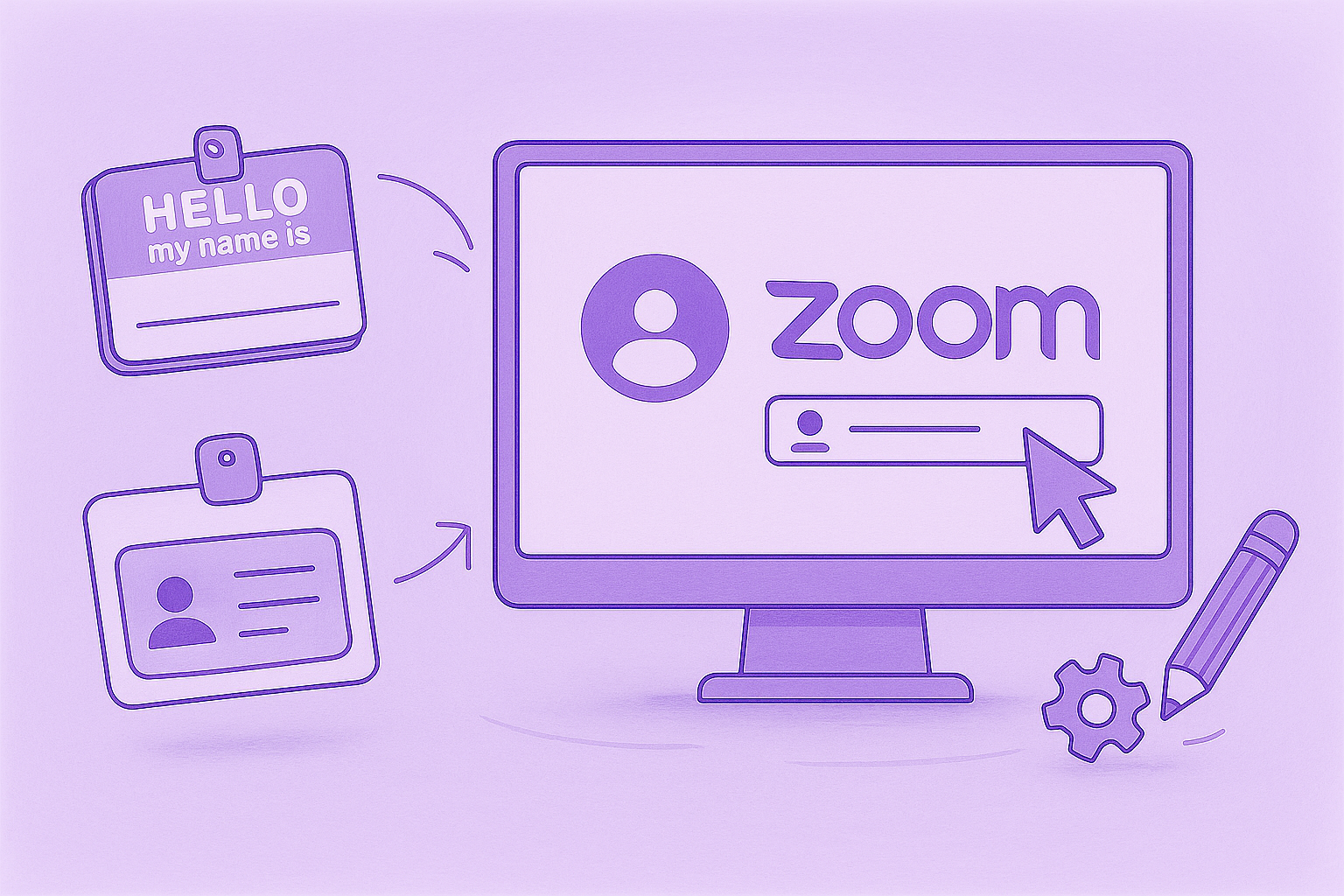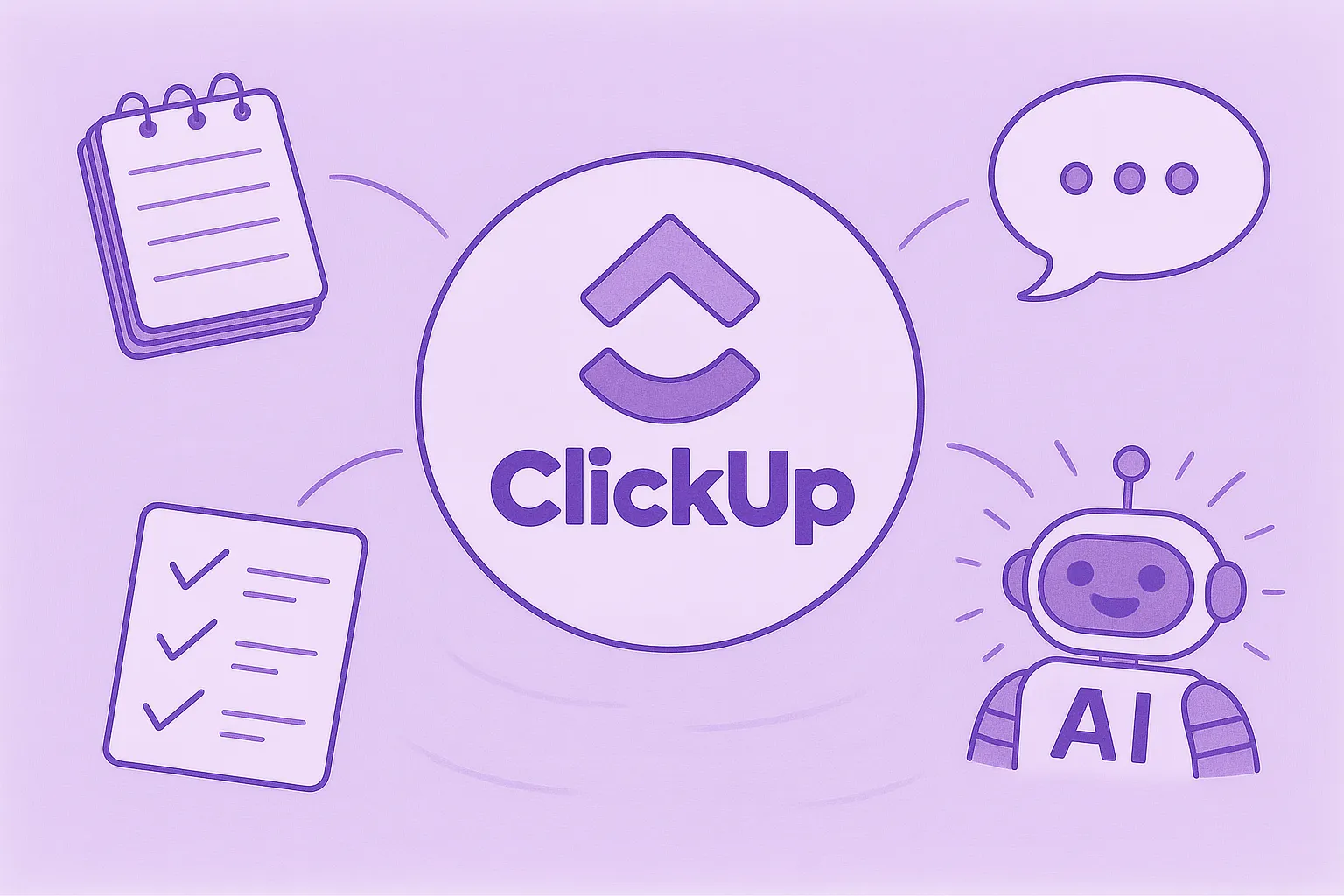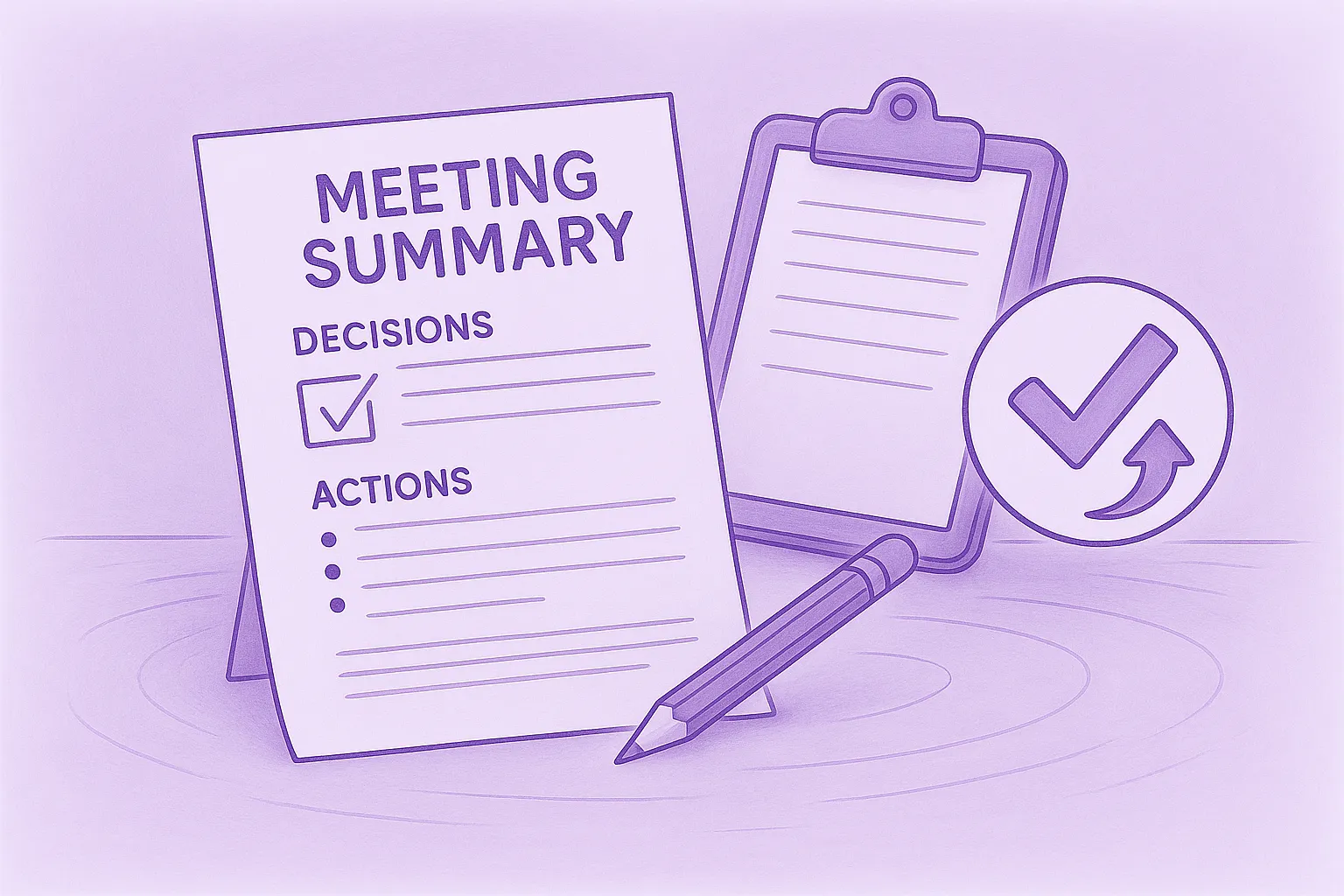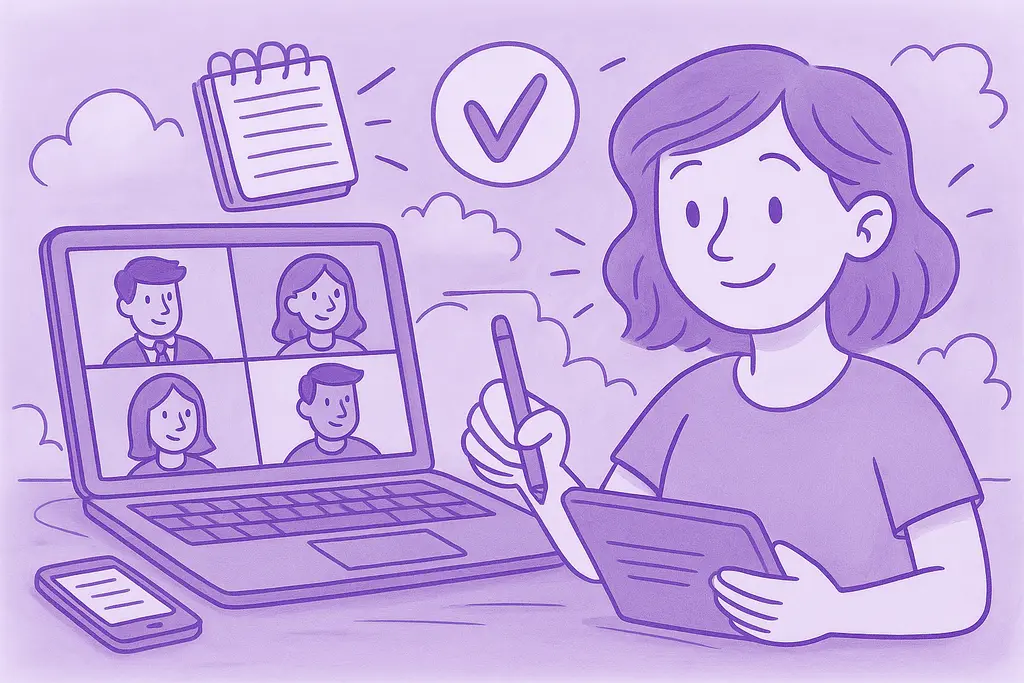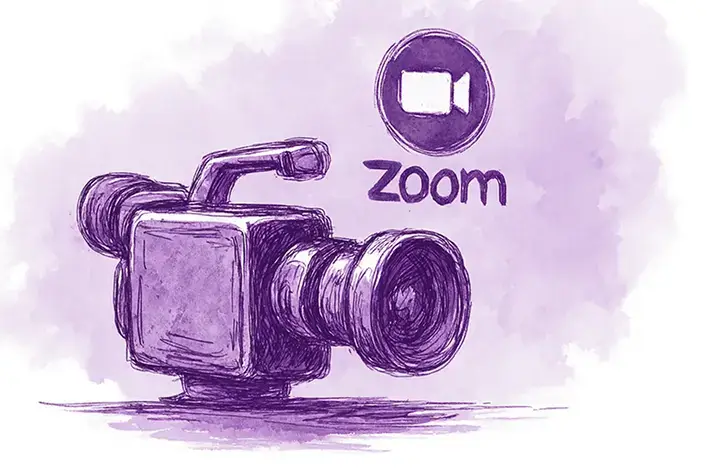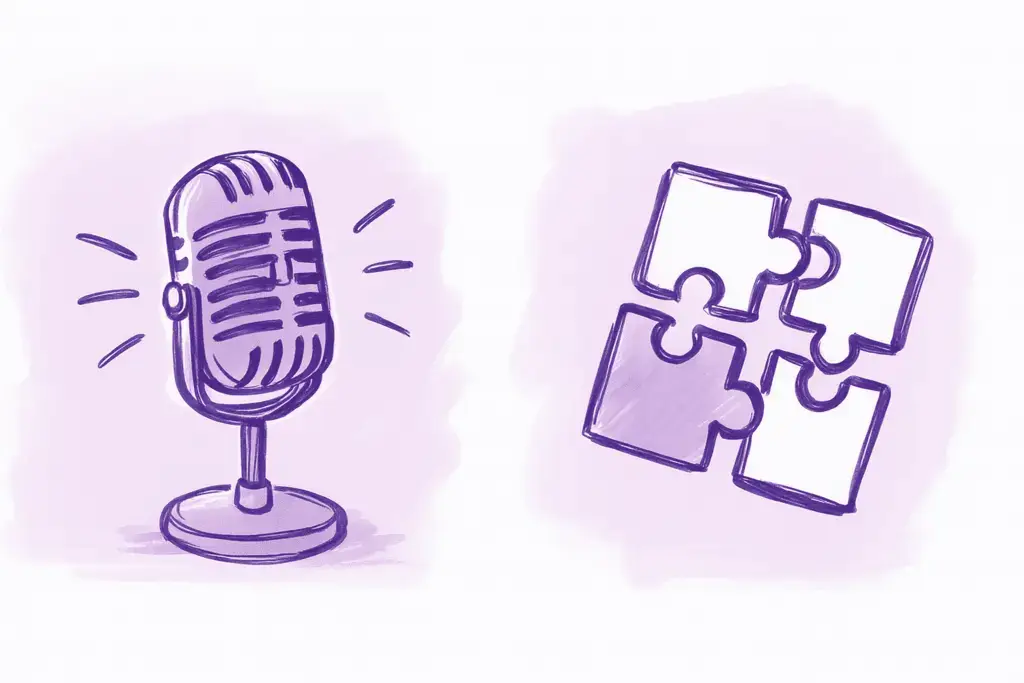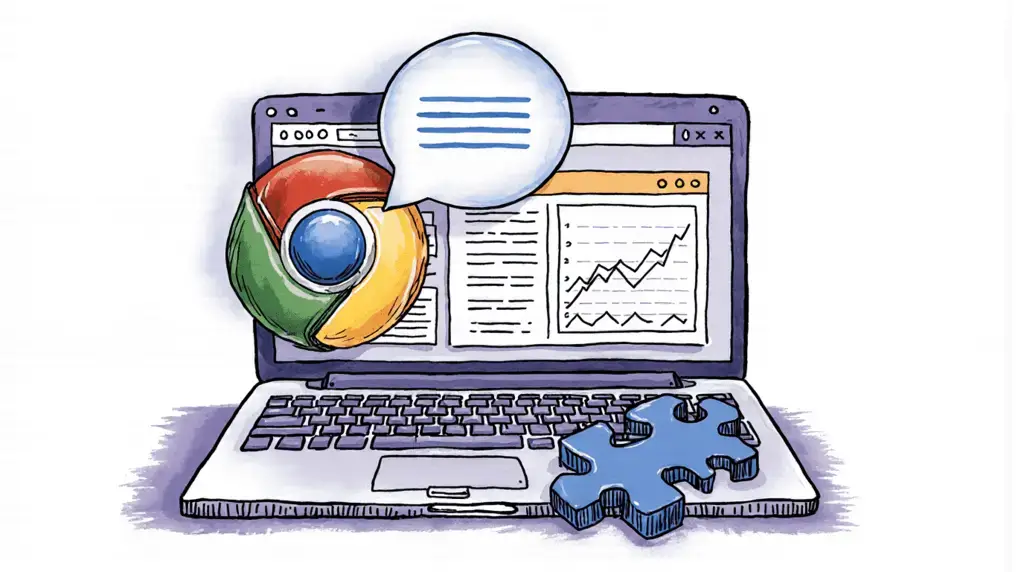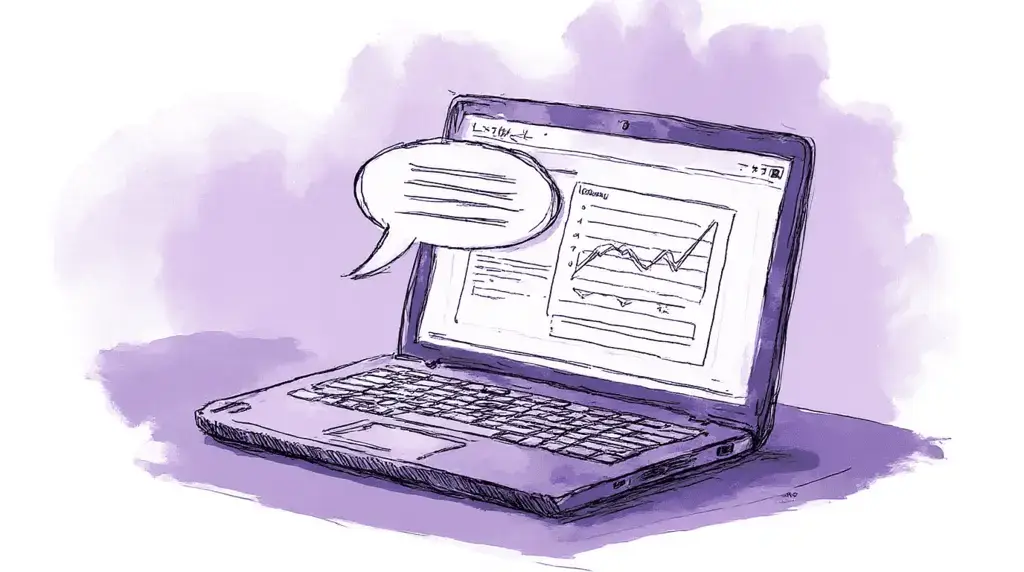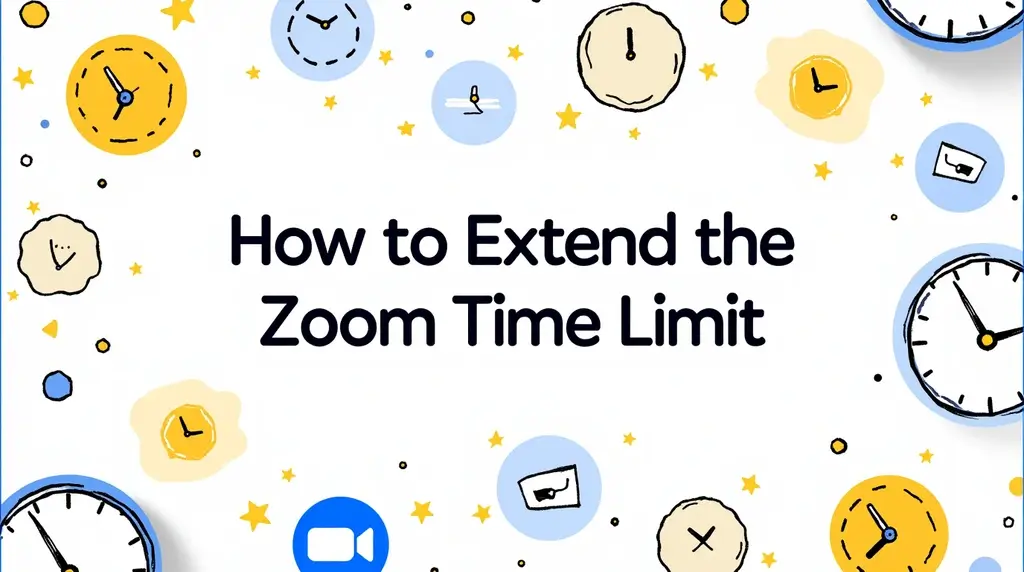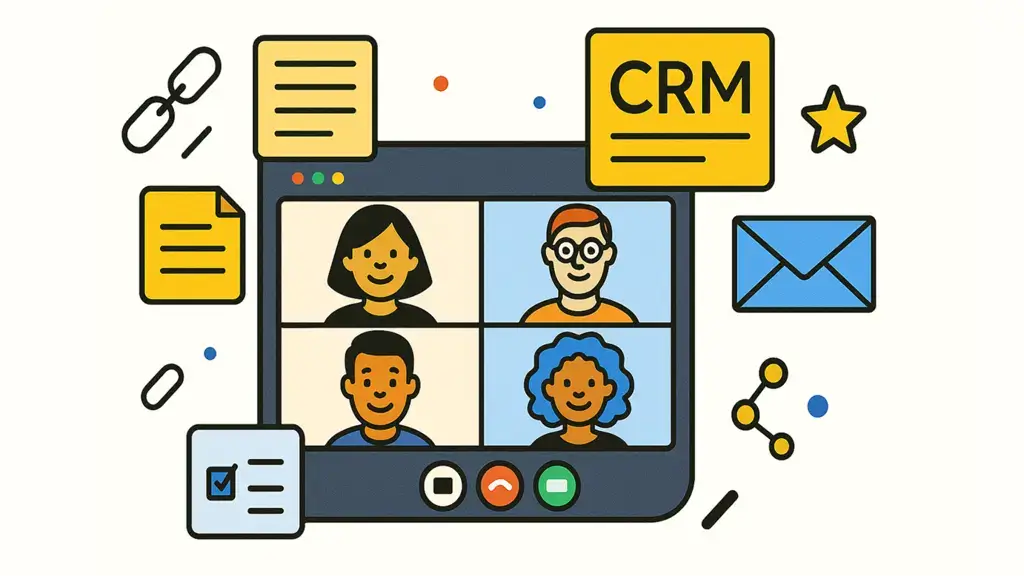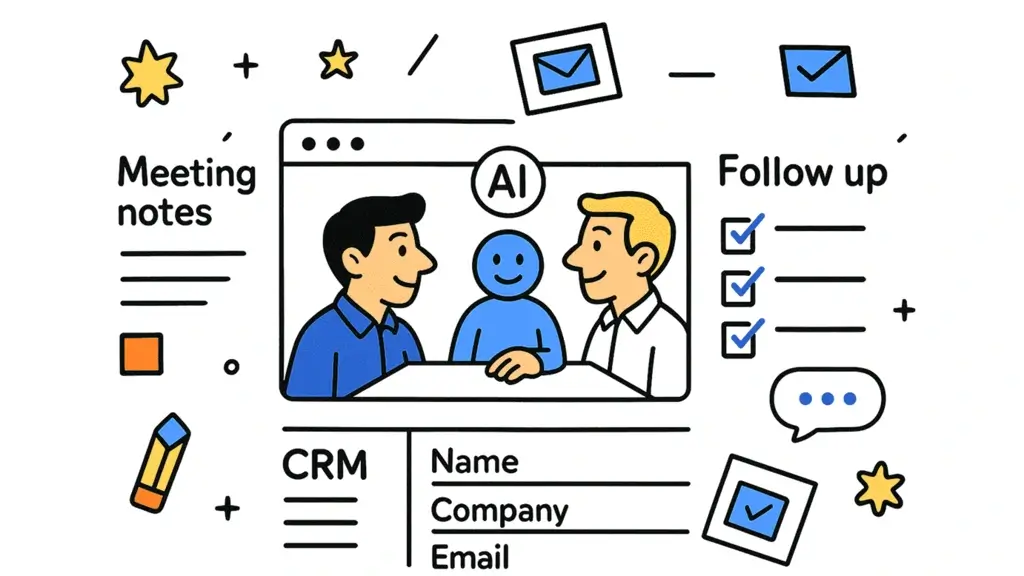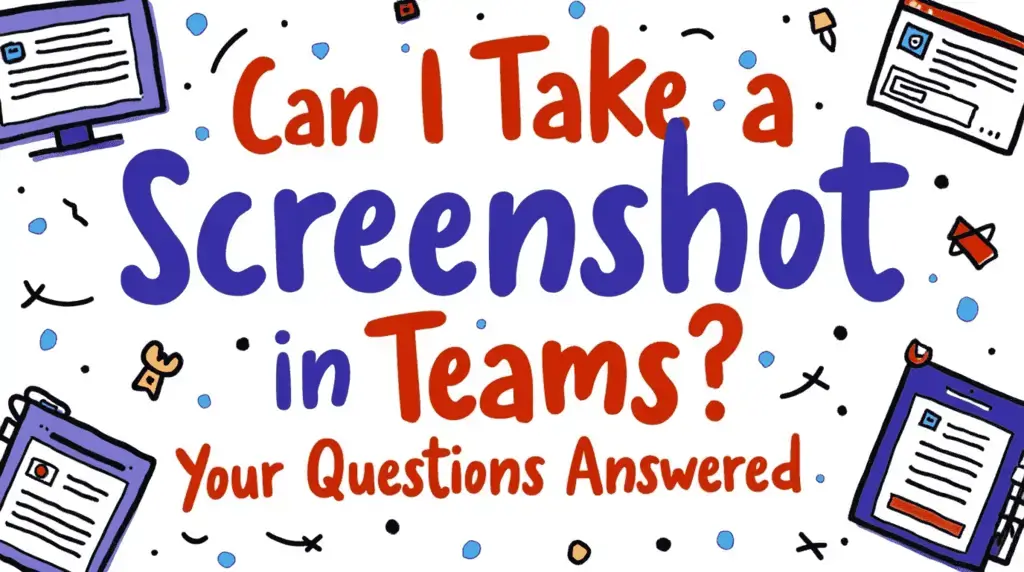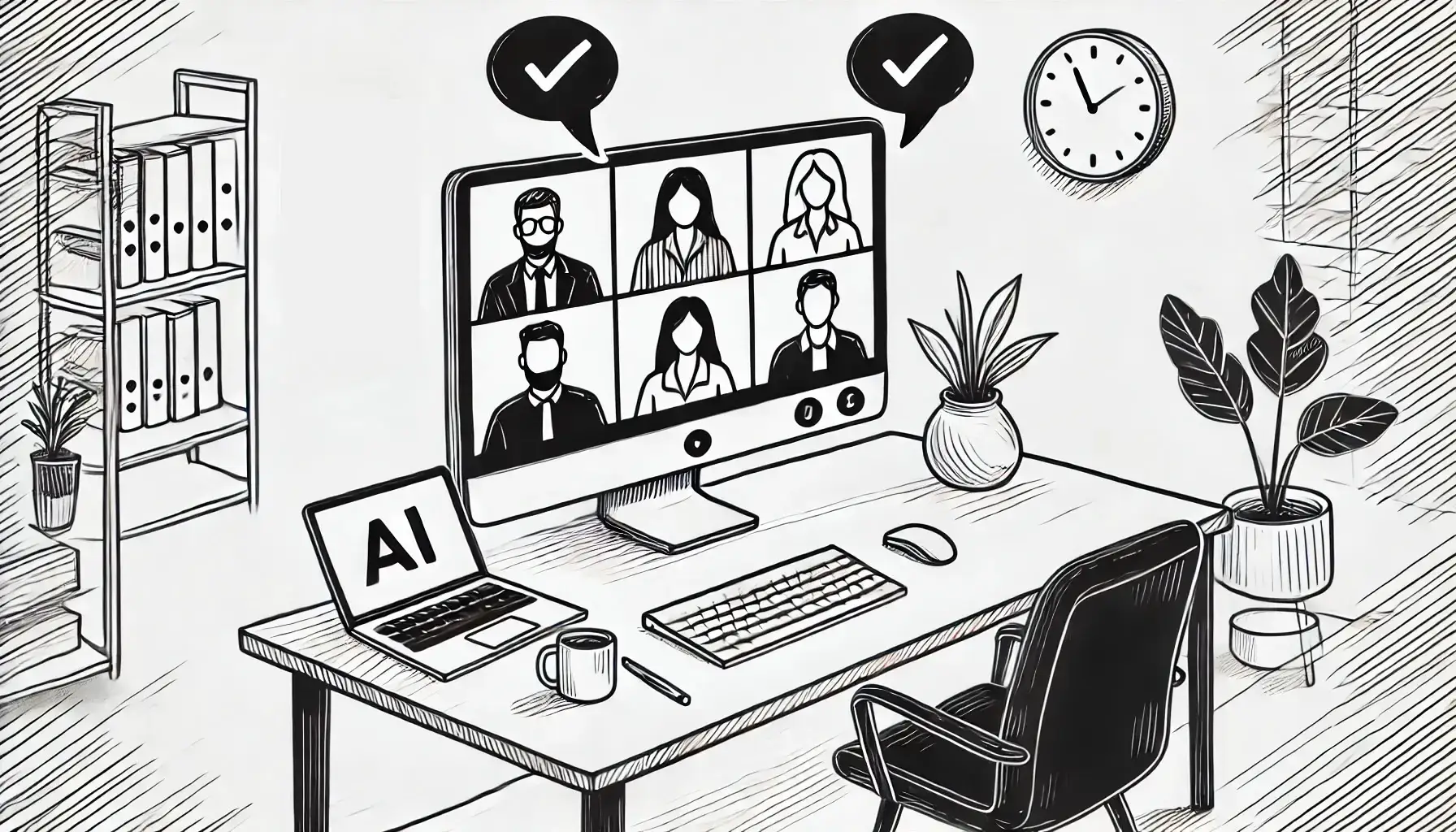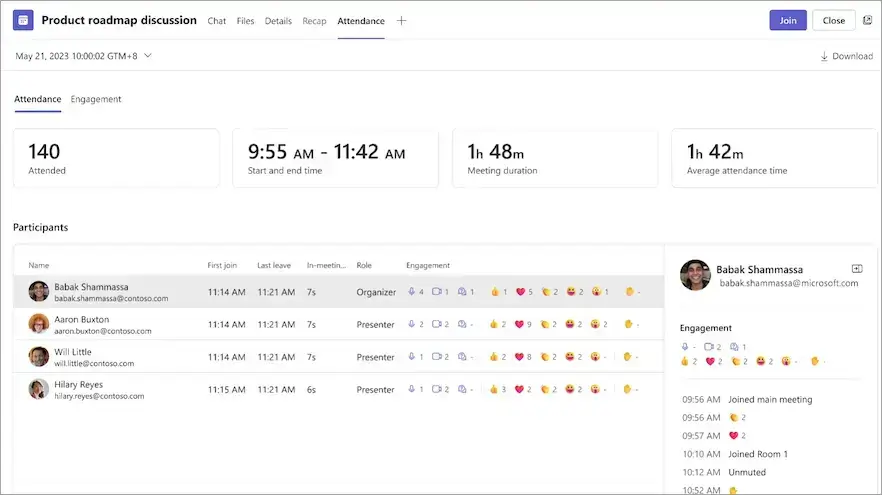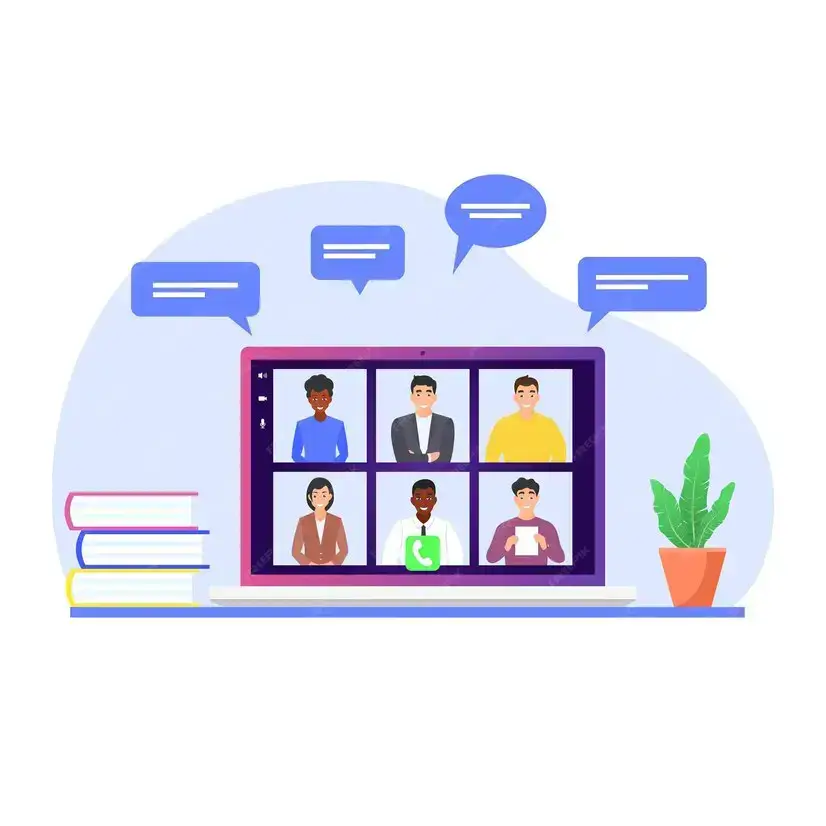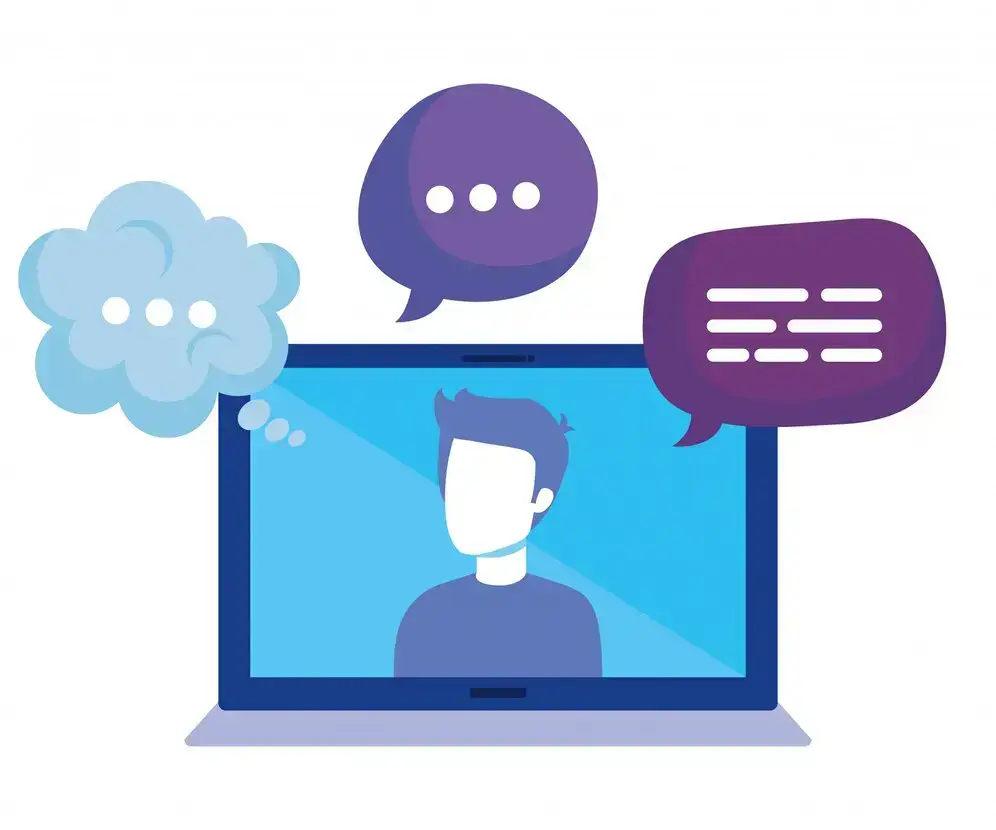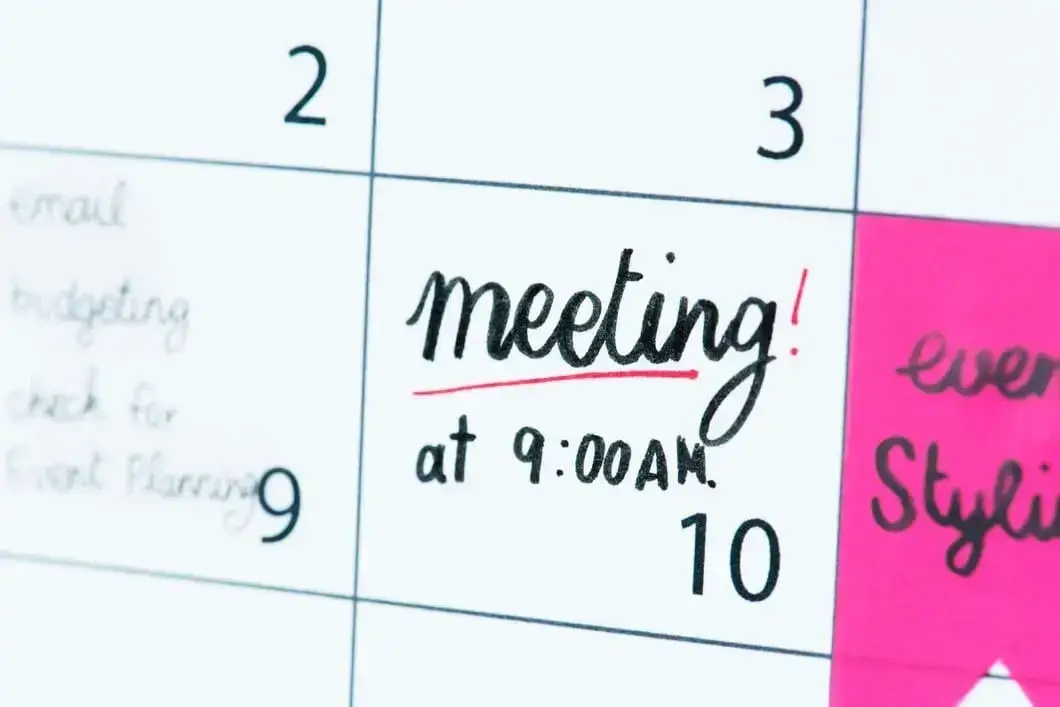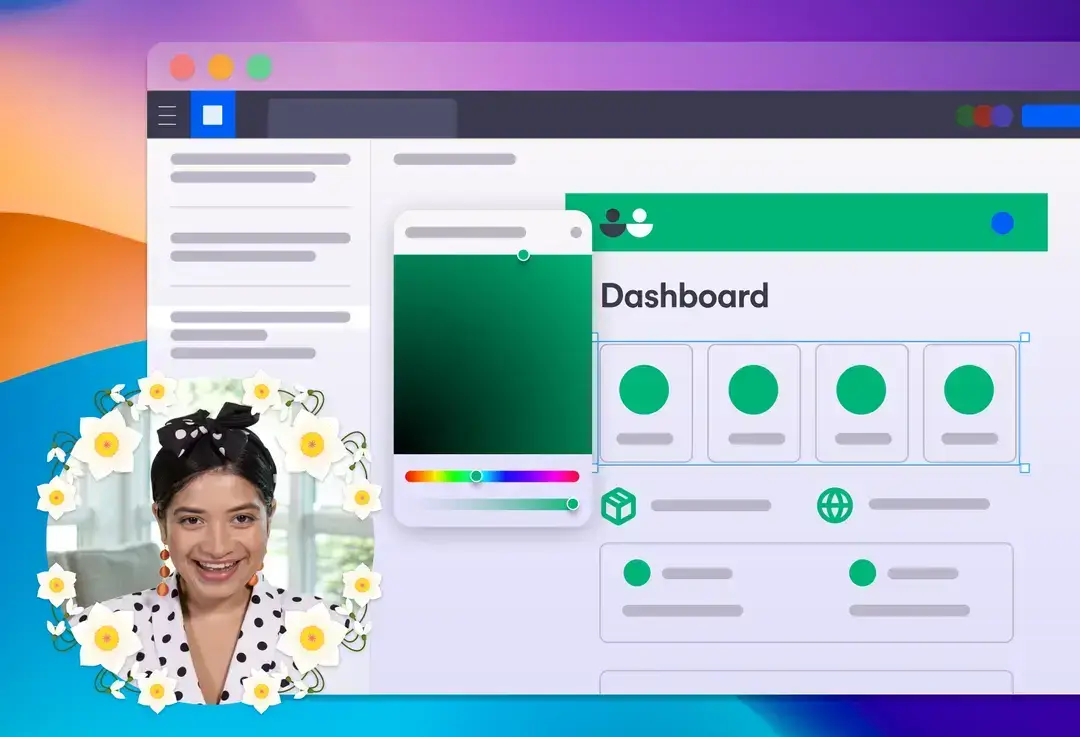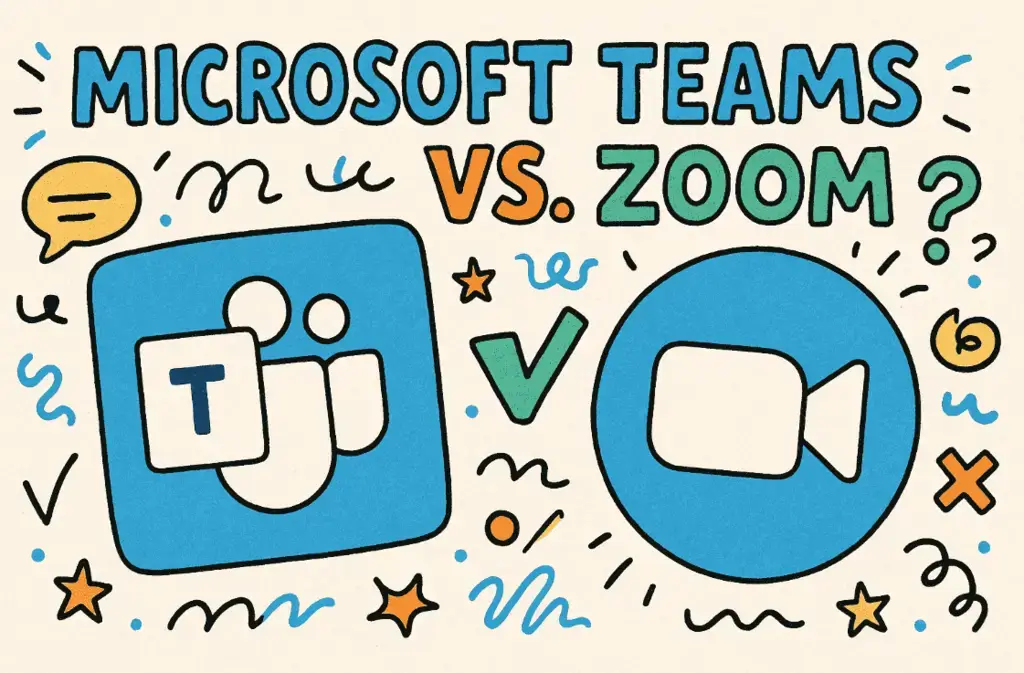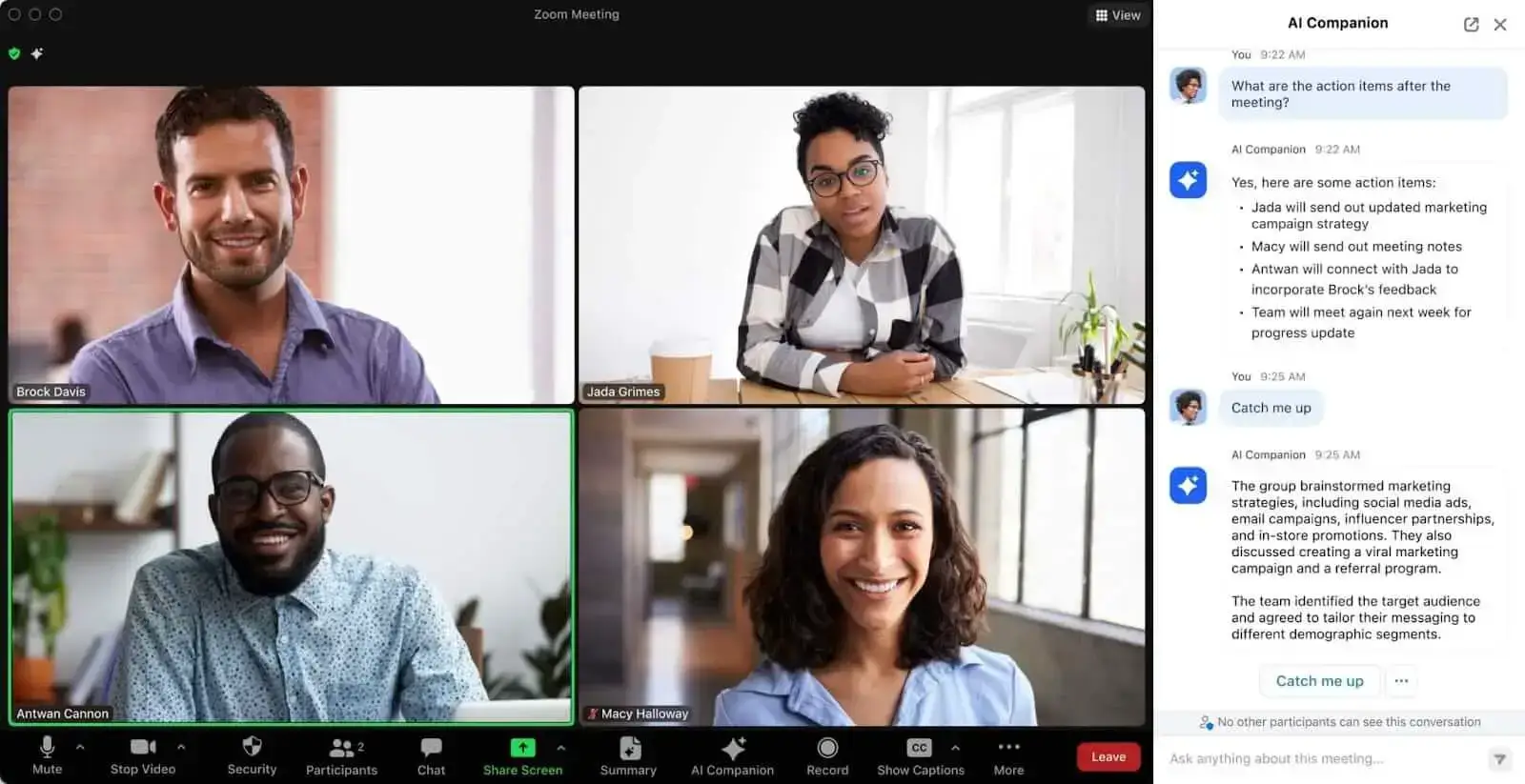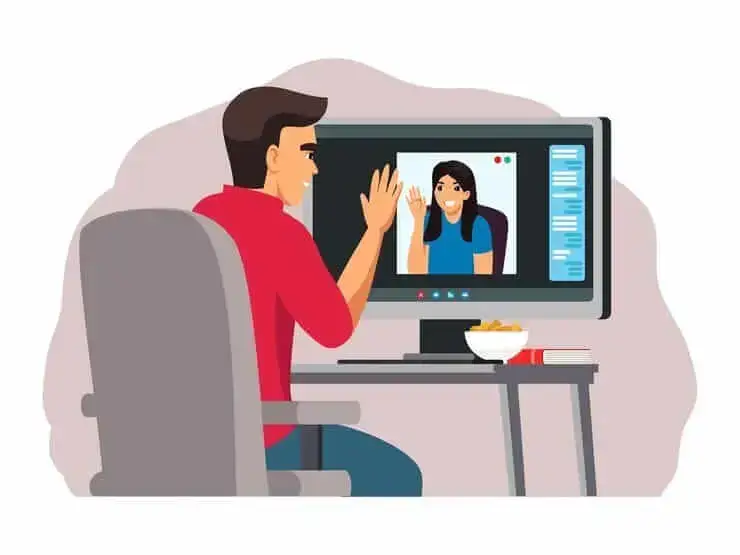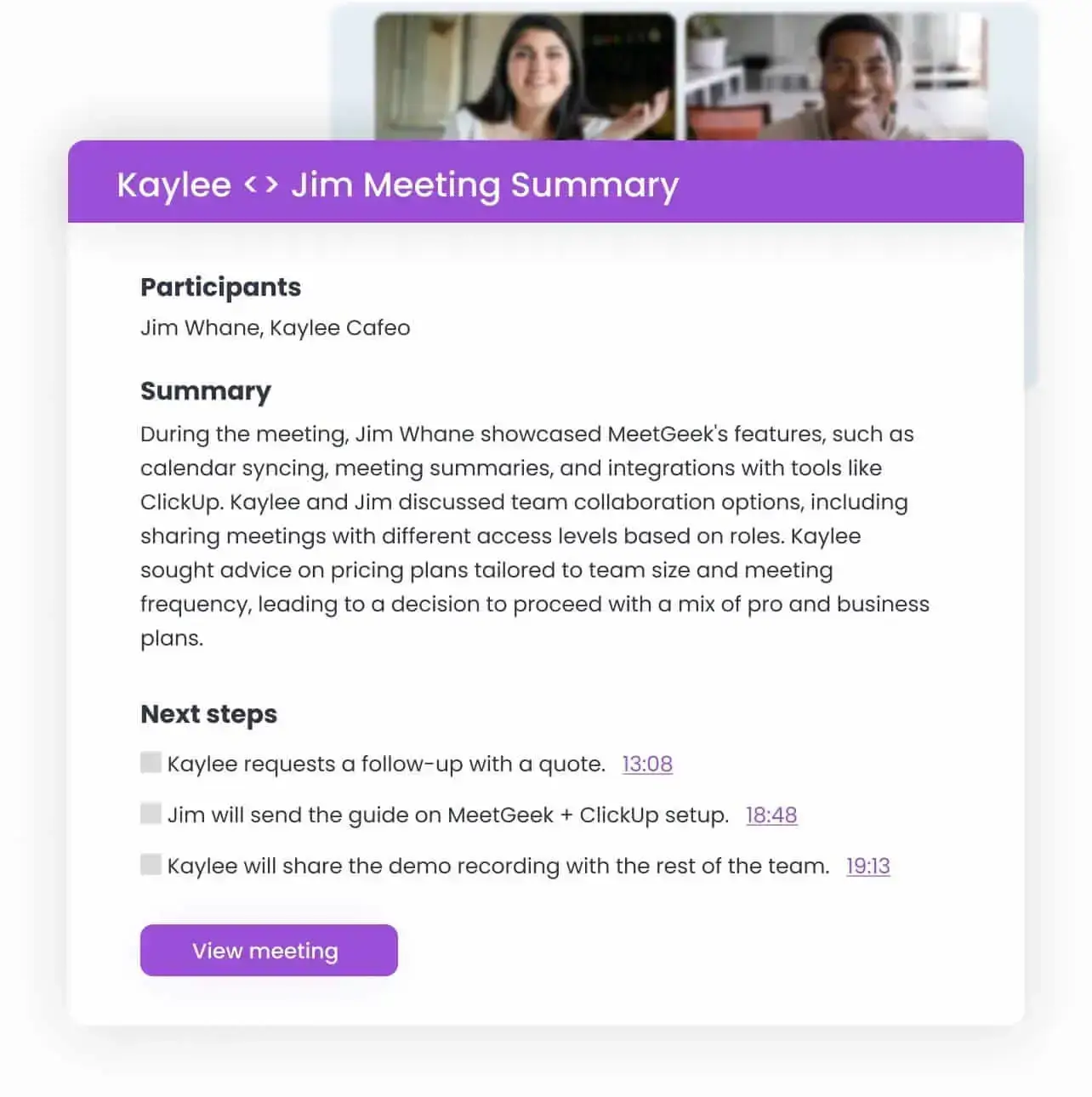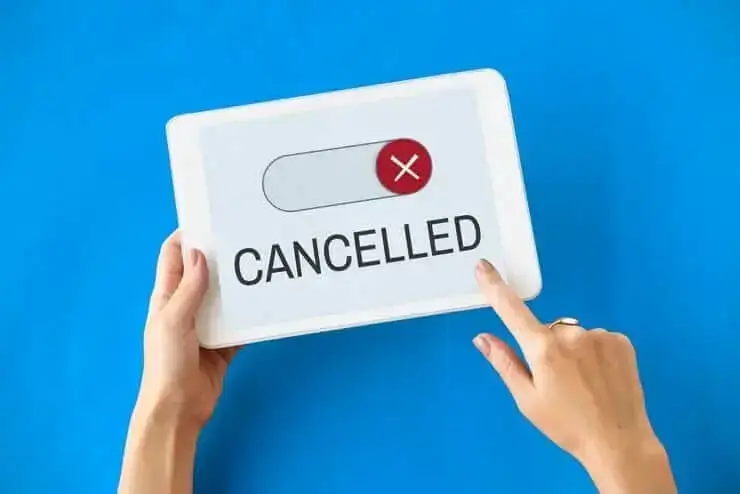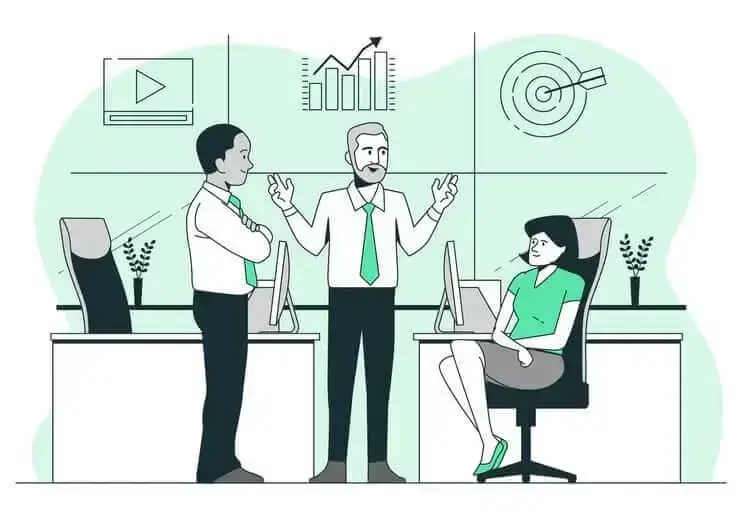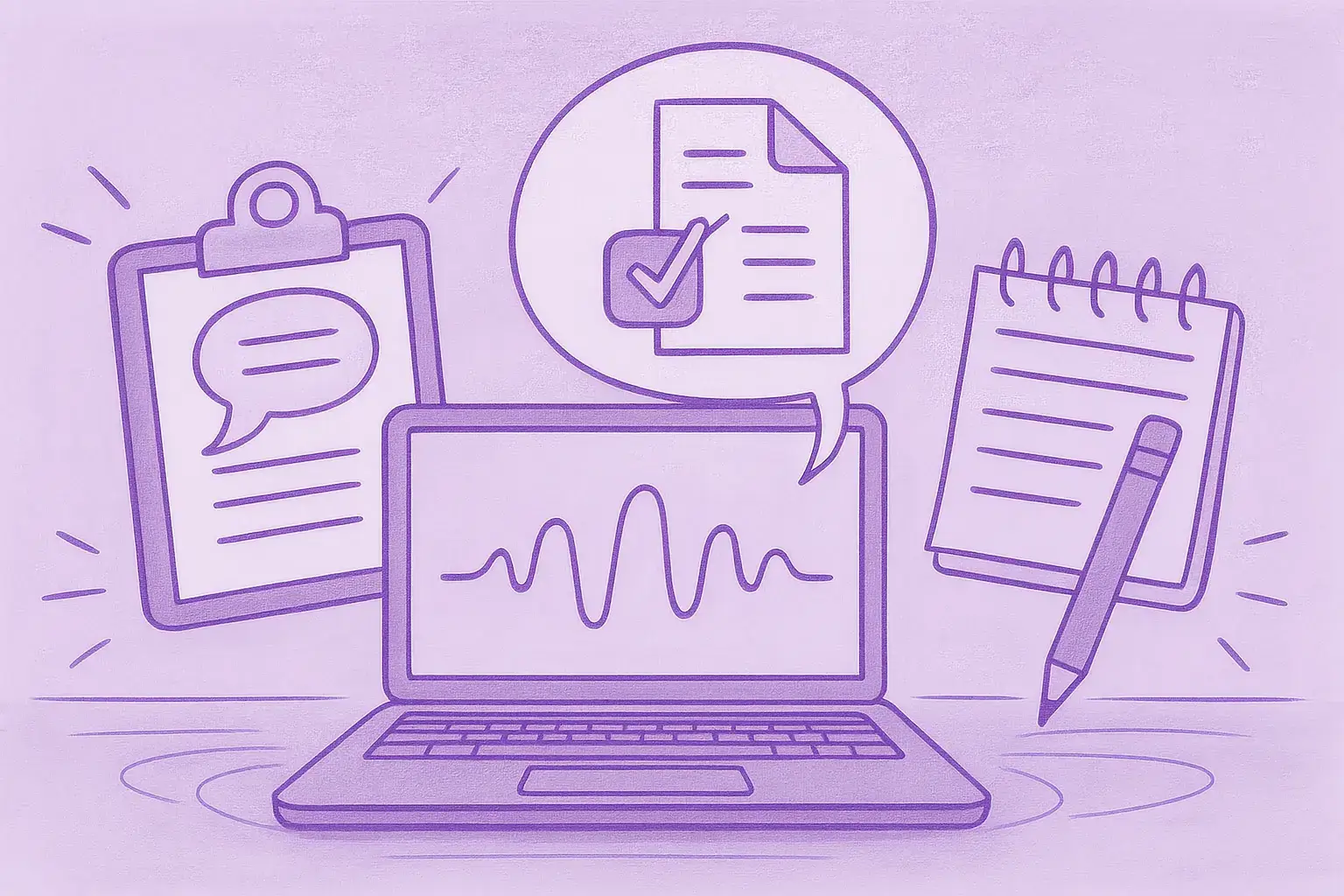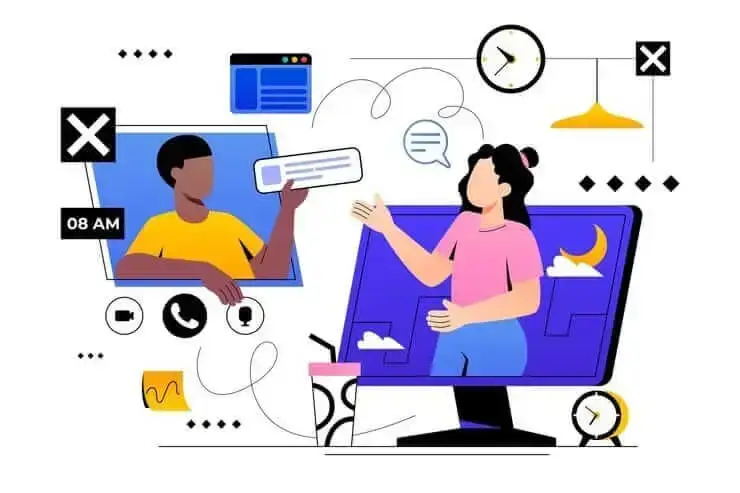How to Reduce Meetings and Not Miss Out
Meeting fatigue is real. Learn how to reduce meetings and optimize your productivity levels by reading this article!

✅ Free meeting recording & transcription
💬 Automated sharing of insights to other tools.

Image Source: luis_molinero on Freepik
Are you trying to learn how to reduce meetings, but every article you stumble upon provides vague advice with little to no applicability? Luckily, you’re in the right place.
Meeting madness is an epidemic that is affecting businesses across the world. With companies relying so heavily on collaboration, hosting more meetings may seem like the obvious choice. False! When not run correctly and with both individual and collective interests in mind, they quickly become a waste of time and resources.
In truth, not all meetings are created equal, and some meetings are more important than others. Read on to learn how to reclaim your time and resources!
Signs You’re Having Too Many Meetings
You've probably experienced firsthand how meetings can become a productivity black hole that consumes hours of valuable time each day.
Below, we describe the clear indicators that you’re having too many meetings.
A. They Could Be an Email
There are multiple criteria to determine if a meeting could have been replaced with an email.
Firstly, consider the type of meeting you're having. While a brainstorming session or a decision-making meeting may require a private setting that allows for the exchange of ideas and feedback in real-time, a project update meeting can sometimes be easily replaced with an email.
Secondly, think about the complexity of the topics you're going to discuss. More complex topics may require a meeting, while simple topics that can be organized into bullet points should just be discussed in writing.
B. There Are Too Many Attendees
There are a few key indicators that can help you to determine if you’re sending out the meeting invitation to too many people. Perhaps the most important one to consider is the amount of time the meeting takes. If your team finds it hard to get through the agenda, this is a clear indicator that the number of people present is too large.
Pay close attention to how many attendees are not actively contributing to the discussion. If your meeting is not progressing optimally and productively, this could be a signal that you're wasting your time.
Robert Sutton, professor of organizational behavior at Stanford University, discovered that for meetings to stay productive, they should only include five to eight participants.
Overcrowding your meetings — whether in-person, virtual, hybrid, external, or internal meetings — is never a good idea. Just because certain people could benefit from the information shared during the meeting does not mean they must be present. In fact, having too many attendees can compromise overall team productivity and even lead to more meetings.
How do you make sure your entire team benefits from your meetings, but without the pressure of having to attend? MeetGeek might be just what you need to revamp your meeting format!
Our virtual AI meeting assistant allows you to share your meetings – or just the meeting notes — with your entire team in just a few clicks. Your personal MeetGeek assistant automatically records, transcribes, analyzes, and summarizes your meetings, so you can focus on being present and creating meaningful meetings!
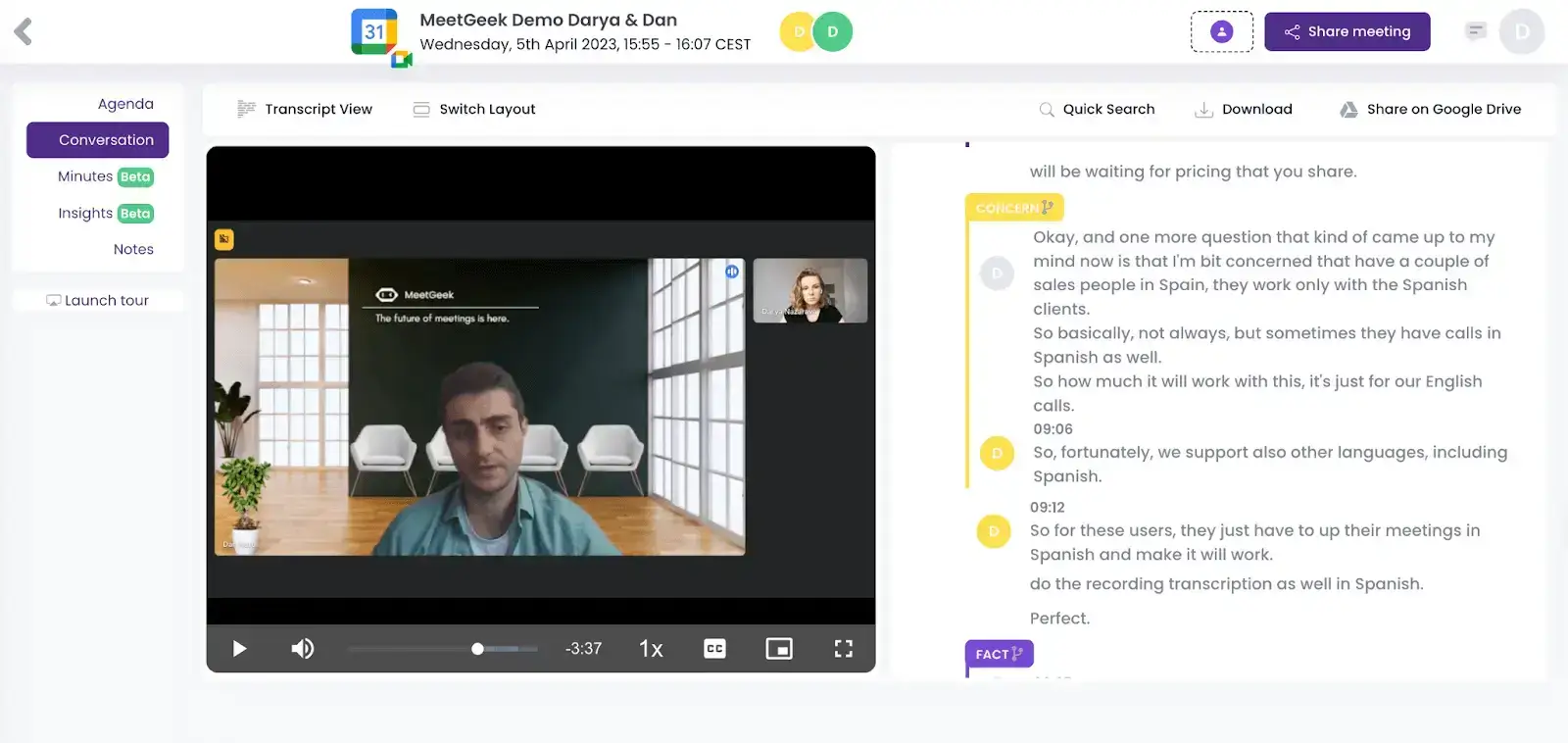
C. There Are Not Enough Attendees
If the number of attendees who have a direct stake in the outcome of the meeting or who are responsible for taking action after it is too low, you are better off without that meeting.
Otherwise, the conversation can quickly become dominated by a select few, which often results in decisions being made without relevant — or sufficient — input.
D. They’re Repetitive
Meetings should always be targeted and relevant. If the same topics are being discussed over and over again, especially during recurring meetings, this is a telltale sign that your meetings are too repetitive.
Another indicator is if the same people are always attending the meetings, or if the meeting agendas stay the same for longer periods of time.
E. The Meeting Objectives Are Unclear
Does it seem like it is difficult for everyone in the meeting to participate effectively and understand the meeting's purpose or the desired outcome?
To get the answer to this question, look for a lack of consistency among the stated objectives for the meeting.
For instance, if the meeting objective is to “discuss a new product launch,” but the agenda includes topics such as “reviewing sales figures” or “team building,” you’re setting your meeting up for failure.
F. There Is No Meeting Agenda
Not having a clear meeting agenda is an obvious sign of a lack of organizational efficiency.
You should craft your meeting agendas carefully and hold yourself and your team accountable for how effectively you're putting the agenda items into action, both during and after your meetings.
If you can't map out how your meeting will progress, you probably shouldn't have that meeting.

How Many Meetings Do You Need?
Each business has a unique profile, so different teams deal with different issues.
Consequently, the number of meetings that can be conducted and still be successful can vary between organizations and, in some cases, even within the same firm.
Nevertheless, the easiest way to measure whether a meeting is necessary is by assessing its efficiency. In this regard, necessary meetings are synonymous with productive meetings.
Tips For Less Meetings With a Higher Impact
According to Harvard Business Review, 70% of meetings prevent employees from completing their work tasks. To prevent this, here are our seven tips to help you reduce unnecessary meetings.
1. Host Virtual Meetings
With so many teams opting for remote meetings, in-office meetings are becoming a thing of the past. And since modern problems require modern solutions, you’ll need team communication apps to make it easier than ever for team members to connect with each other.
To get started, choose the type of virtual meeting that you want to host. Popular options include webinars, video conferences, and online discussion forums.
Once you do this, create a welcoming online environment for participants, such as providing a brief introduction and setting expectations for participation.
It is critical to choose the right platform for the meeting. To do this, consider your budget, the number of participants, and the type of meeting when selecting a platform. Popular platforms for virtual meetings include Zoom, Google Meet, and Microsoft Teams.
Keep in mind the security aspects of your virtual meetings. Ensure that they are secure by setting passwords and enabling end-to-end encryption. Using a reliable password manager can help streamline the protection of sensitive information by generating and storing strong, unique passwords for each account, further enhancing security in virtual meetings.
To create an engaging virtual meeting experience, consider adding to your meetings visuals, such as slides, videos, and polls. Additionally, consider providing breakout rooms for group discussions and encouraging participants to share ideas.
2. Ensure Your Meetings Are Necessary
Evaluating the effectiveness of the meetings is imperative. After each meeting, ask yourself if you exploited the time allocated for each meeting to the fullest and if the meeting could have been handled differently. If the answer to the latter is yes, make a note of it and consider alternative solutions for future meetings.
Here are the questions you need to answer to before scheduling a meeting:
- What is the objective of the meeting?
- Are there any alternative solutions (e.g., digital communication) that could achieve the same outcome?
- Will the meeting be productive and constructive?
- Are the participants prepared and well-informed?
- Is there likely to be a positive outcome from the meeting?
- Is there a risk of the meeting being a waste of time?
- Are there any potential conflicts or issues that could be addressed more effectively outside a meeting?
- Are there any other activities or tasks that could be prioritized over the meeting?

3. Reduce Meeting Time
Limit the length of your meeting to the amount of time needed to accomplish your objectives. When assigning time slots for certain topics, try to be as realistic as possible.
This could mean that you'll need to reserve some topics for discussion at an ulterior date, or that you'll need to discuss some topics via email or other communication methods. According to MIT Sloan Management Review, setting aside only 15, 20, or 25 minutes for a meeting can encourage productivity, while still allowing you to reach your goals.
4. Attend the Right Meetings
In life, you have to pick your battles, and work life is no exception. Attend only the meetings that you can actively participate in and contribute to. For your other meetings, you can always send your MeetGeek virtual meeting assistant to automatically record, transcribe, analyze, and summarize them while you take care of more urgent matters.
This way, you can always be in the loop, without having to rely on other team members to fill you in on the information that was discussed. After all, memory is subjective, and you’ll need an accurate image of what happened during some of the meetings that you skipped.
The best part is that you can also apply this strategy in the case of overlapping meetings, asynchronous communication, or even when you’re taking a few days off!
MeetGeek automatically records, transcribes, analyzes, summarizes, and stores your meetings in one place. This drastically improves the quality and effectiveness of your meetings, which means no more unnecessary meetings!
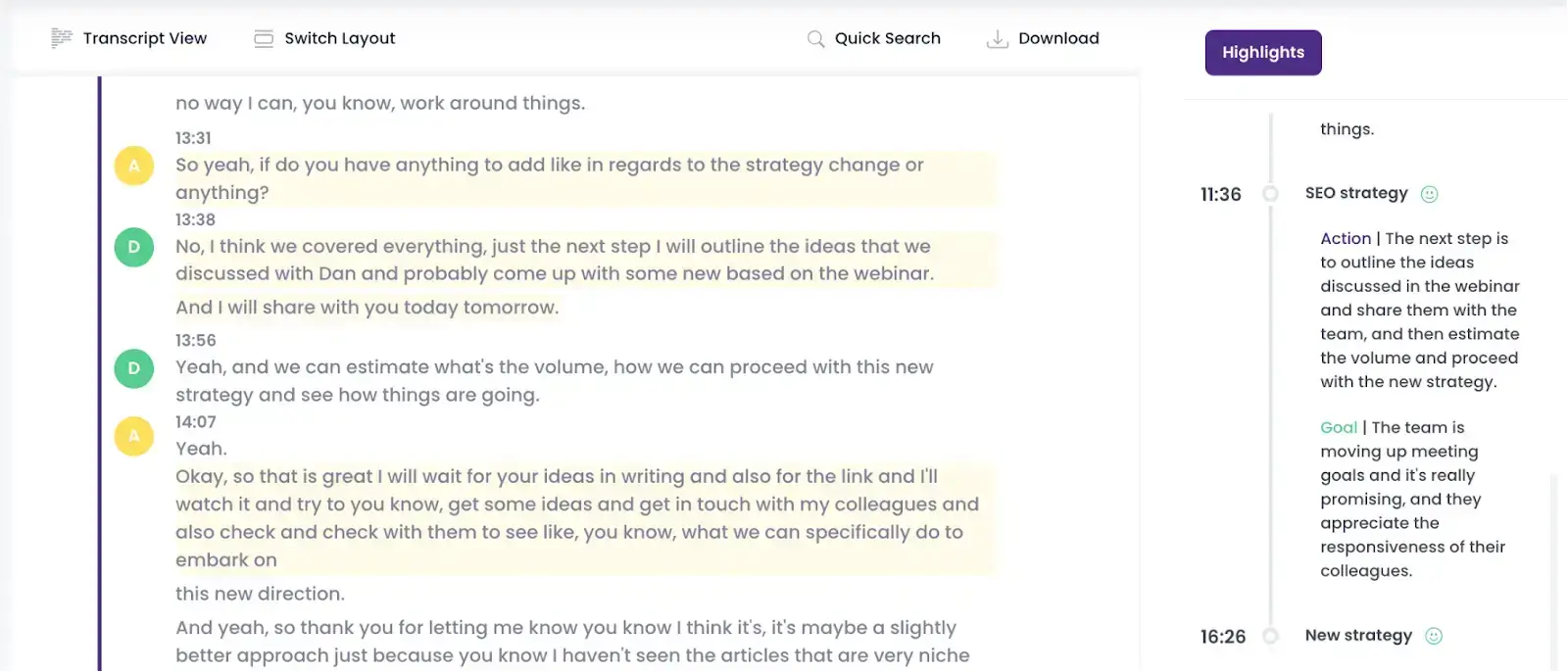
5. Set Clear Meeting Goals
To avoid excessive meetings, keep your eyes on the prize by defining exactly what you’re seeking to achieve during your meetings.
Get as specific as possible by employing a strategy like the SMARTER Framework to help you create well-structured and attainable meeting goals.
6. Have a Great Meeting Agenda
The easiest way to have a good and productive meeting is to have a clear meeting script, also known as a meeting agenda. Once you have your meeting objectives figured out, you can go straight to elaborating on your agenda items.
Try to keep the number of agenda items within a reasonable range, so you can allocate the proper amount of time for each of them. Make it a priority to share the meeting agenda with participants in advance, so they have enough time to submit any ideas or topics they would like to discuss or decisions they would like to make in advance.
This way, they are less likely to decline meetings and more likely to meaningfully contribute to the upcoming ones, as they will have more time to prepare accordingly.
You can also use the meeting agenda to take notes and keep track of the decisions that you make and any action items that need to be completed after the meeting. This will also help you to prevent any unnecessary follow-up meetings from taking place.
7. Follow Up After the Meeting
Open and transparent communication and collaboration before, during, and after your meetings make it easy to reduce the number of meetings.
Send a summary of the meeting and any action items to all attendees immediately afterward, indicating the responsible person for every item and the deadline for completion. Since this is in writing, it will help to keep all team members accountable and guarantee your meeting was productive.
Accomplish More With Fewer Meetings With MeetGeek!
To create a collaborative work culture, you need to stop the meeting madness and begin focusing on meeting productivity instead!
Try MeetGeek for free today to change the narrative and do more with fewer meetings. Our virtual meeting assistant automatically records, transcribes, analyzes, and summarizes your meetings, all while allowing you to focus on making your meetings matter!
.avif)


